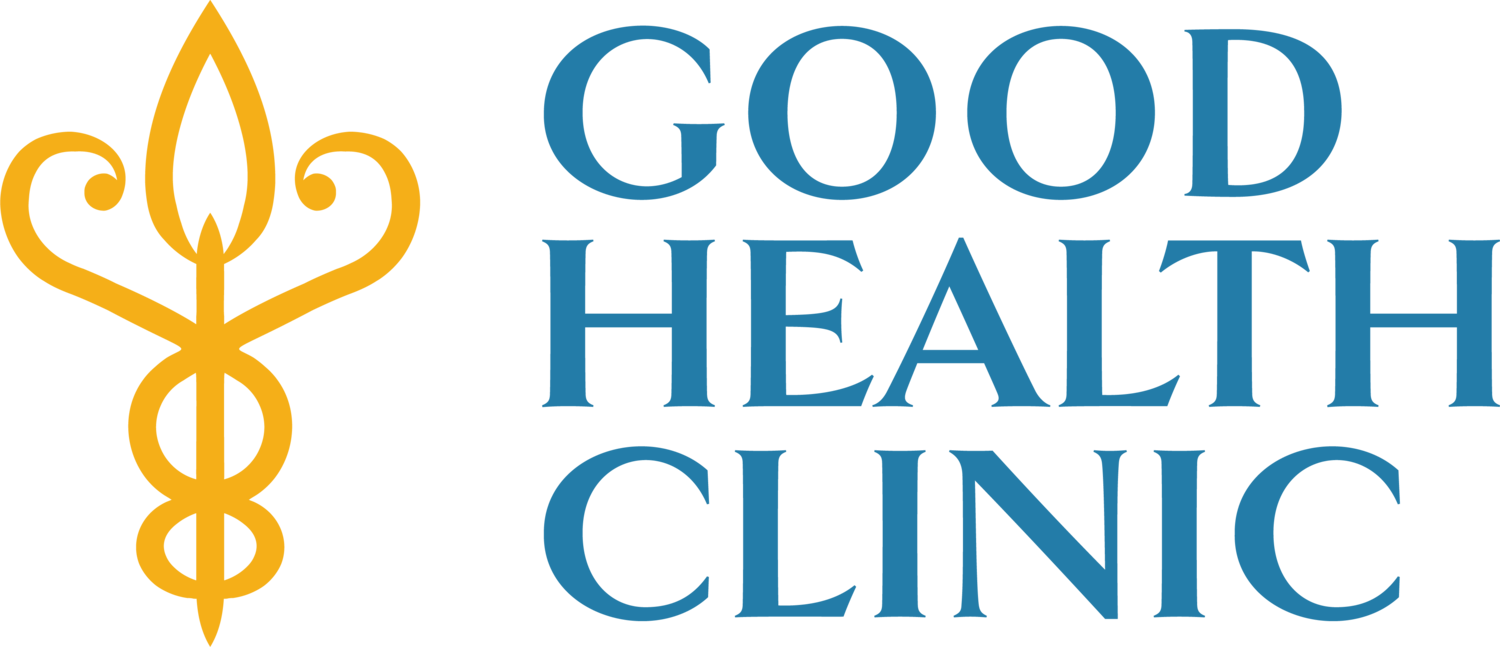The Dangers of Excess Belly Fat
This is the condition of having a ‘beer belly,’ or excess fat round the middle that looks as though you are hiding a football under your jumper. It’s a very common beach look for both men and women these days. In fact, if you compare photographs of people on beaches in the 60’s and 70’s, there were far fewer beer bellies around in those days.
Many people do not associate excess belly fat with disease. However, this is just the tip of the iceberg. It’s the outward symptom of some very serious stuff happening within. Excess belly fat means a fatty liver. Liver fat spills out into other organs and gets deposited round the middle. Contrary to popular advertising, a fatty liver is NOT the result of eating too much fat, but of eating too many carbs and sugars! Sugar and high fructose corn syrup turn to fat in the liver.
Since the 1980s, western governments have promoted practically nonstop sugar consumption for everyone - recommending that 60% of our daily calories comes from carbohydrate-rich foods like brownies, biscuits, pasta, noodles, frequent snacks and treats - like non-stop party food. Little wonder that super size has become the ‘norm.’
Having a large belly is the start of the slippery slope towards some very serious and potentially life threatening conditions. To put on weight, you need the help of the hormone insulin which gets triggered when you have a spike in sugar intake. As the years go by, blood pressure rises, blood sugar becomes dysregulated and the situation can escalate into diabetes and heart disease.
Warning signs
Some of the warning signs of high blood sugar and high insulin are:
Fatigue
Metabolic syndrome (high blood pressure, fatty liver, diabetes type 2, heart disease)
Frequent urination
Poor resistance to infection
Aches and pains
Sleep apnoea
Food cravings/addiction
All of these things are coming from the same basic source - eating too many carbs and eating them too frequently. However, the good news is that a healthy Ancestral diet can help reverse much of the damage if applied correctly.
Key principles of an Ancestral diet:
Burn good fats and fibre as ‘fuel’ for cells instead of carbs and sugars.
Avoid fake, processed, chemical-laden foods. Eat real food with real ingredients, prepared from scratch.
Avoid gluten grains.
Don’t skip breakfast as this affects your blood sugar for the rest of the day.
Avoid sugars, milk and grains as breakfast food. Instead, have a protein-based breakfast i.e. herb omelette with vegetable smoothie.
Aim to get at least 50% of your total intake as vegetables.
Have a range of quality proteins (about a quarter of your plate).
Eat the best quality food you can, ideally low-glycaemic (low sugar) and organic.
Chew your food well. This is a simple but powerful intervention to stimulate digestion, vagal motor outflow and feel satiated.
Organic grass-fed beef liver once a week - this is a most nutrient dense food full of vitamins and minerals needed for tissue repair.
Recognise that you may need to address food addictions and allergic foods, as well as avoidance of certain foods. The foods you most crave most are also likely to be the foods your body is most addicted to. I’m afraid I am quite tough on this and tell patients that they must be 100% compliant regardless of the inconvenience this causes. Your immune system is designed to detect viruses that are so small they cannot be seen by powerful microscopes. If you have a 'small piece of gluten’ this will look like the Titanic to your immune system and it will react accordingly.
Useful resources:
Weston Price Foundation website recipe archives.
Dr Sarah Myhill’s online video series.
If you would like more information about addressing excess abdominal fat, please contact the Good Health Clinic on goodhealthclinic@outlook.com to request a free 30 minute Enquiry Call or book an initial appointment.

